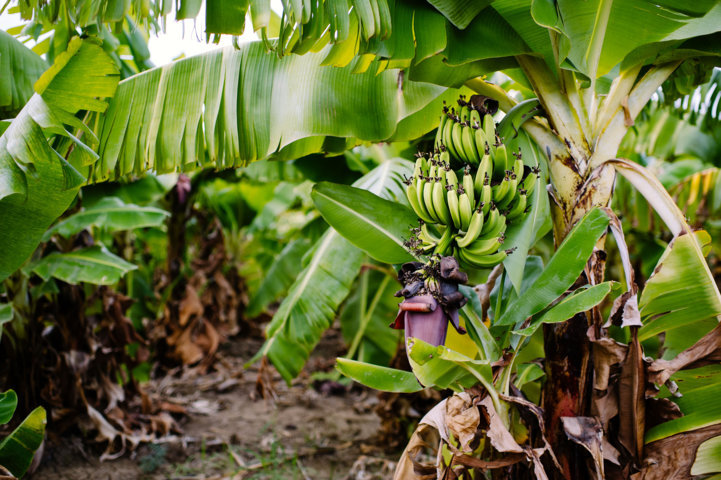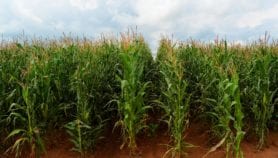By: Esther Nakkazi
Send to a friend
The details you provide on this page will not be used to send unsolicited email, and will not be sold to a 3rd party. See privacy policy.
[KAMPALA] A group of scientists have embarked on a strategy to prevent the spread of a deadly banana fungal disease following an outbreak in Mozambique.
Tropical race 4 (TR4), a strain of the fungus Fusarium oxysporum, and responsible for a deadly banana wilt disease, was detected last year on a 1,500-hectare farm in Mozambique that grows the Cavendish banana variety for export. Scientists believe the disease was brought to the farm from Asia.
The African Consortium for TR4 (AC4TR4), a group of scientists formed in April this year after TR4 was detected in Africa for the first time, will seek ways to contain the deadly disease, according to experts who attended the annual review meeting of the CGIAR’s Research Program on Roots, Tubers and Bananas in Uganda on 29 September-3 October this year.
The farm in Mozambique has since been sealed off to contain the disease that may never go away from African soils soon, even when the only known solution — changing the crop at the farm is implemented, according to Altus Viljoen, a plant pathologist at the Stellenbosch University in South Africa.
“The only solution to address TR4 is to plant other resistant crops or change the crops at the farm, which could reduce the incidence of the disease.”
Altus Viljoen, Stellenbosch University, South Africa.
Viljoen explained that the fungal strain could survive in the soil for over 40 years.
During the meeting, AC4TR4 came up with a prevention strategy that details restriction of movement of people on the farm, continuous cleaning of shoes and vehicles going through the farm, and isolation of the affected area.
The consortium also plans to raise awareness on the disease, step up surveillance in the southern part of Africa, develop capacity and intensify research within the next year, says Viljoen.
AC4TR4 consists of National Plant Protection Organisations, National Agricultural Research Systems, universities, research institutions, private industry, banana producers in Africa and international partners.
Viljoen explained that the deadly disease manifests only in bananas, causing the plant to die, although it does not affect the fruit. It causes yellowing of the older leaves first, followed by the young ones. When cut, the banana stem has reddish, brown lines in it.
“Although it is very dangerous and cannot be easily eradicated it also has low incidence. The farm in Mozambique is the only case we are aware of in Africa right now,” Viljoen said. “The only solution to address TR4 is to plant other resistant crops or change the crops at the farm, which could reduce the incidence of the disease.”
Andrew Kiggundu, a plant biotechnologist and head of the National Agricultural Research Organisation (NARO) in Kawanda, Uganda, said at the meeting that research conducted found that the disease may not affect the cooking bananas varieties grown in Uganda and the East African region.
Kiggundu added that more research is required to understand the disease, which is causing anxiety because it does not go away easily from the soil.
This article has been produced by SciDev.Net's Sub-Saharan Africa desk.














